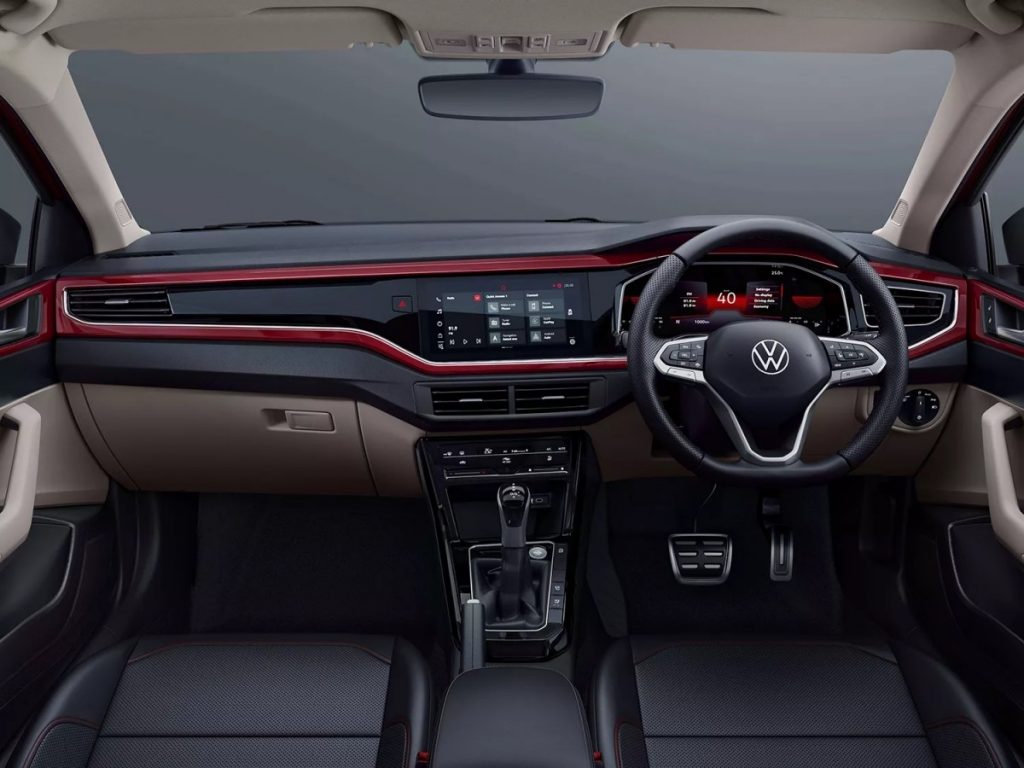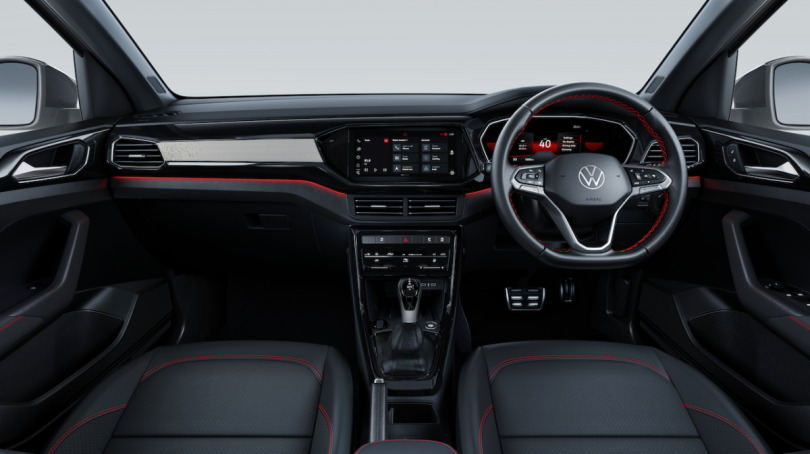Volkswagen (VW) is making a significant shift in its design philosophy. The German automaker has announced plans to phase out the use of cheap plastics in its vehicle interiors, opting instead for higher-quality fabrics and materials. This move is part of a broader strategy to enhance the overall quality and sustainability of its vehicles.
Why Did Volkswagen Use Cheap Plastics?
Historically, Volkswagen, like many other automakers, used cheap plastics in its interiors primarily to keep production costs low. This approach allowed the company to offer competitively priced vehicles while maintaining profitability. Cheap plastics were also lightweight, contributing to better fuel efficiency, which is a critical factor in the automotive industry.

However, this cost-saving measure came at a price. Over time, customers began to notice and criticize the lower quality of materials, especially when compared to competitors. The use of cheap plastics often resulted in interiors that felt less premium and more prone to wear and tear. This feedback has been a driving force behind Volkswagen’s decision to rethink its material choices.
The New Direction: Quality and Sustainability
Volkswagen’s head of design, Andy Mindt, and head of design strategy, Christian Schreiber, have been vocal about the company’s new direction. They emphasize that future VW cabins will focus on simplicity, usability, and quality. The goal is to create interiors that are not overly decorated but instead play with all the touchpoints in a user’s life.
One of the key changes will be the replacement of cheap plastics with high-quality fabrics. This shift is not just about aesthetics; it also has practical benefits. Fabrics can provide a more comfortable and inviting feel, enhancing the overall driving experience. Additionally, using fewer plastic components can make the manufacturing process more sustainable.
Innovative Design Solutions
Volkswagen is also exploring innovative design solutions to improve the quality and sustainability of its interiors. For example, the company plans to redesign door cards, which are typically made from multiple pieces of plastic. The new design will use a single piece of material, reducing complexity and waste. This approach not only improves the look and feel of the interior but also simplifies the manufacturing process, potentially lowering costs.
A Broader Trend in the Automotive Industry
Volkswagen’s move away from cheap plastics is part of a broader trend in the automotive industry. Many automakers are recognizing the importance of sustainability and quality in their designs. By investing in better materials and more sustainable manufacturing processes, companies can meet the growing demand for eco-friendly and high-quality vehicles.
Also Read: Volkswagen teases new A0 SUV, to be revealed soon


